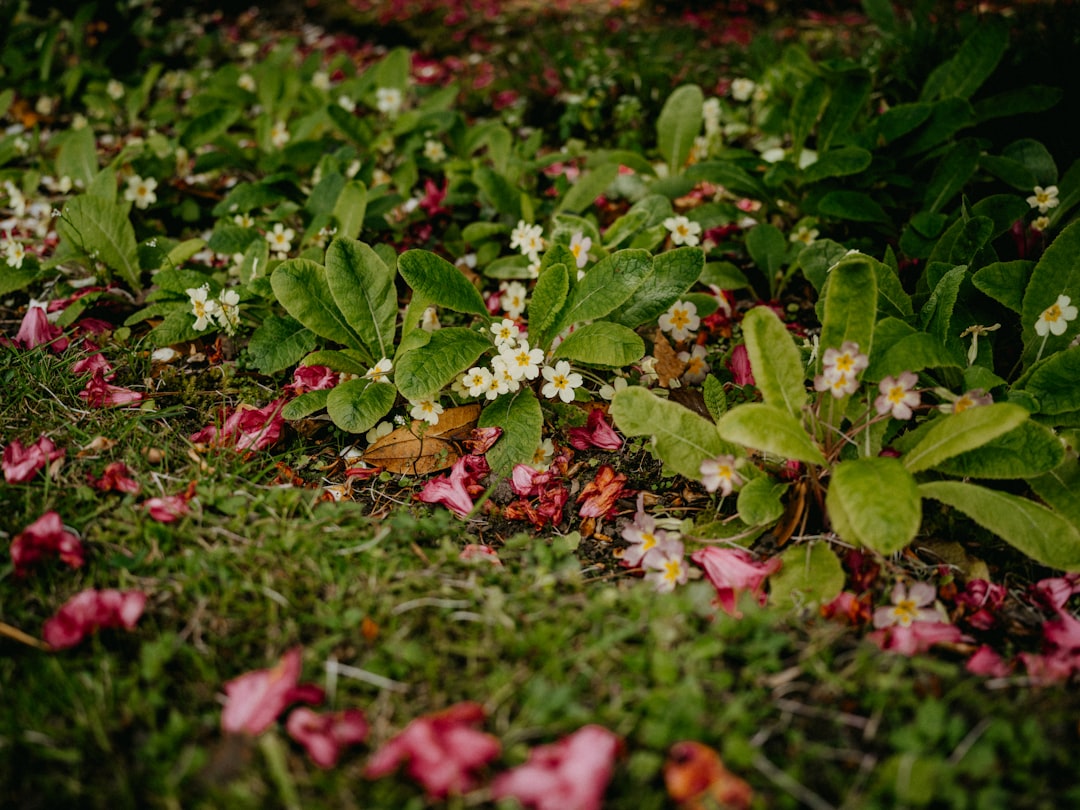Winter's Treat: Fueling Backyard Birds with Suet

As the cold winter months set in, our feathered friends face a challenging time finding enough food to keep their energy levels up. Among the many ways we can assist these beautiful creatures, leaving out suet for birds is an excellent choice. Suet, which is essentially hard fat, serves as a high - energy food source that helps woodpeckers, chickadees, and other insect - eating birds power through the cold weather. In this article, we'll explore the ins and outs of using suet to feed your backyard birds this winter and how it fits into your garden design.
Firstly, let's understand why suet is so beneficial for birds during winter. Insects, which are a primary food source for many bird species, become scarce as the temperature drops. Birds need to consume high - calorie foods to maintain their body heat and survive the cold. Suet is rich in fat, providing a concentrated source of energy. For woodpeckers, whose strong beaks can easily break into suet cakes, it offers a quick and easy meal. Chickadees, with their agile nature, can also access the suet and store the energy they gain for later use.
When it comes to choosing the right suet for your backyard birds, there are several options available. You can purchase pre - made suet cakes from pet stores or garden centers. These often come in different flavors, such as peanut butter, which can attract a wider variety of birds. However, if you're feeling adventurous, you can also make your own suet at home. A simple recipe involves melting beef fat and mixing it with birdseed, nuts, and dried fruits. Once it cools and solidifies, you have a homemade suet cake that is both nutritious and appealing to birds.
Now, let's talk about how to present the suet to the birds. There are various types of suet feeders that you can use. Cage feeders are a popular choice as they allow birds to cling to the sides and peck at the suet. They also prevent larger birds from monopolizing the food. Another option is the suet log feeder, which resembles a natural tree trunk with holes drilled into it to hold the suet. This type of feeder blends well with the natural environment of your garden and can be an attractive addition to your garden design.
Placement of the suet feeder is crucial. It should be placed in a location that is easily accessible to the birds but also safe from predators. Hang the feeder from a tree branch or a shepherd's hook at a height that is out of reach of cats. You can also place it near other bird feeders, such as those filled with seeds or nectar, to create a bird - friendly area in your garden. This not only provides a variety of food sources for the birds but also adds visual interest to your outdoor space.
Maintaining the suet feeder is also important. Check the feeder regularly to ensure that the suet is fresh and not spoiled. Replace the suet cakes every few days, especially in warmer winter days when the fat can melt and become rancid. Clean the feeder periodically with warm, soapy water to prevent the spread of diseases among the birds.
Incorporating suet feeding into your garden design can have a positive impact on the overall ecosystem of your backyard. By providing a reliable food source for birds, you are encouraging them to stay in your area. Birds play an important role in controlling insect populations and pollinating plants. They also add beauty and charm to your garden with their colorful plumage and melodious songs.
You can further enhance the bird - friendly environment of your garden by adding other elements. Birdhouses can provide shelter for the birds during the cold winter nights. Different bird species have different preferences for the size and shape of the birdhouse, so do some research to choose the right ones for your area. Birdbaths are also essential, as birds need water not only for drinking but also for bathing. Make sure to keep the water in the birdbath from freezing during winter by using a heated birdbath or adding a de - icer.
In conclusion, leaving out suet for birds this winter is a simple yet effective way to support our feathered friends. It not only helps them survive the cold but also adds a new dimension to your garden design. By choosing the right suet, feeder, and placement, and by maintaining the feeder properly, you can create a bird - friendly haven in your backyard. So, this winter, grab some suet and start feeding the birds in your garden!